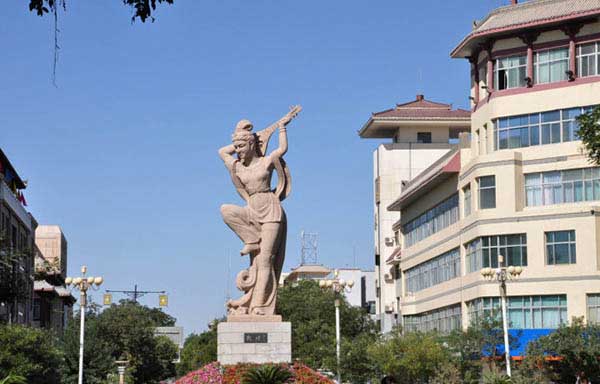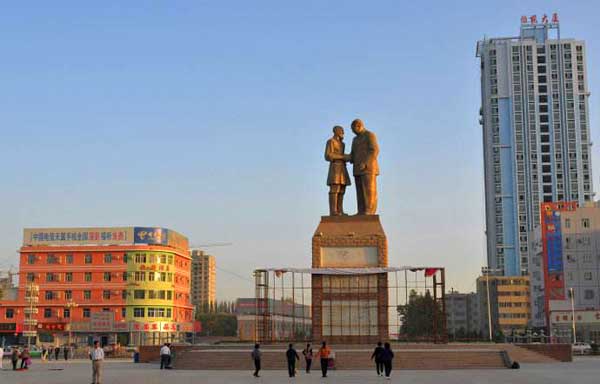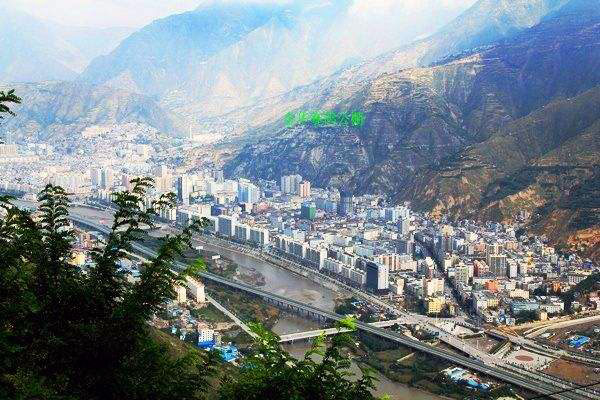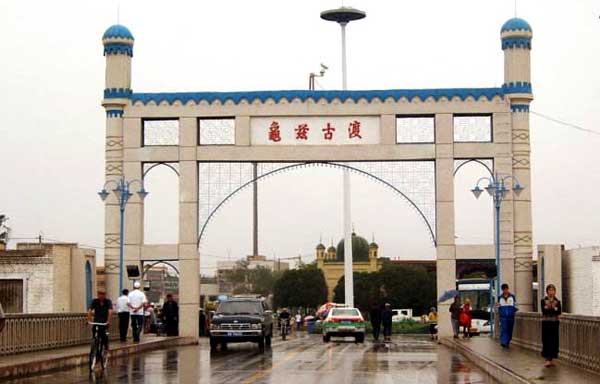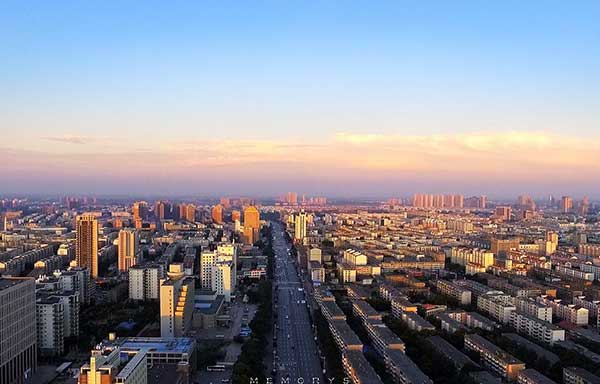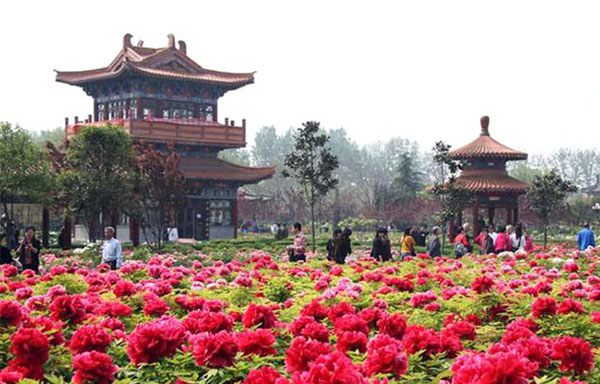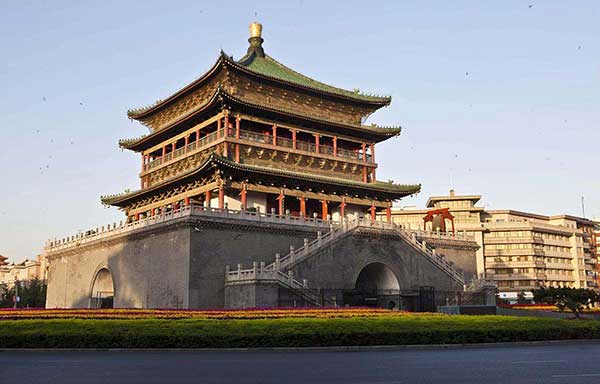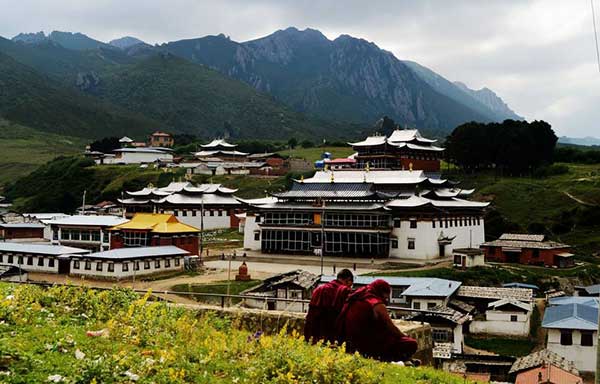- By admin
- In SilkRoadKnowledge
- 2024-04-29
Silk Road horses and camels
The early Chinese experience of reliance on the nomads for horses was not unique: we can see analogous patterns in other parts of Eurasia. In the fifteenth through seventeenth centuries, for example, Muscovite Russia traded extensively with the Nogais and other nomads in the southern steppes who provided on a regular basis tens of thousands of horses for the Muscovite armies. Horses were important commodities on the trade routes connecting Central Asia to northern India via Afghanistan, because, like central China, India was unsuited to raising quality horses for military purposes. The great Mughal rulers of the sixteenth and seventeenth centuries appreciated this as did the British in the nineteenth century. William Moorcroft, who became famous as one of the rare Europeans to reach Bukhara in the early nineteenth century, justified his dangerous trip north from India by his effort to establish a reliable supply of cavalry mounts for the British Indian army.
Important as horses were, the camel was arguably of far greater significance in the history of the Silk Road. Domesticated as long ago as the fourth millennium BCE, by the first millennium BCE camels were prominently depicted on Assyrian and Achaemenid Persian carved reliefs and figured in Biblical texts as indicators of wealth. Among the most famous depictions are those in the ruins of Persepolis, where both of the main camel species--the one-humped dromedary of Western Asia and the two-humped Bactrian of Eastern Asia--are represented in the processions of those bearing tribute to the Persian king. In China awareness of the value of the camel was heightened by the interactions between the Han and the Xiongnu toward the end of the first millennium BCE when camels were listed among the animals taken captive on military campaigns or sent as diplomatic gifts or objects of trade in exchange for Chinese silk. Campaigns of the Chinese army to the north and west against the nomads invariably required support by large trains of camels to carry supplies. With the rise of Islam in the seventh century CE, the success of Arab armies in rapidly carving out an empire in the Middle East was due to a considerable degree to their use of camels as cavalry mounts.
The camel's great virtues include the ability to carry substantial loads--400-500 pounds--and their well-known capacity for surviving in arid conditions. The secret to the camel's ability to go for days without drinking is in its efficient conservation and processing of fluids (it does not store water in its hump[s], which in fact are largely fat). Camels can maintain their carrying capacity over long distances in dry conditions, eating scrub and thorn bushes. When they drink though, they may consume 25 gallons at a time; so caravan routes do have to include rivers or wells at regular intervals. The use of the camel as the dominant means of transporting goods over much of Inner Asia is in part a matter of economic efficiency--as Richard Bulliet has argued, camels are cost efficient compared to the use of carts requiring the maintenance of roads and the kind of support network that would be required for other transport animals. In some areas though down into modern times, camels continue to be used as draft animals, pulling plows and hitched to carts.
Given their importance in the lives of peoples across inner Asia, not surprisingly camels and horses figure in literature and the visual arts. A Japanese TV crew filming a series on the Silk Road in the 1980s was entertained by camel herders in the Syrian desert singing a love ballad about camels. Camels frequently appear in early Chinese poetry, often in a metaphorical sense. Arab poetry and the oral epics of Turkic peoples in Central Asia often celebrate the horse. Visual representations of the horse and camel may celebrate them as essential to the functions and status of royalty. Textiles woven by and for the nomads using the wool from their flocks often include images of these animals. One of the most famous examples is from a royal tomb in southern Siberia and dates back more than 2000 years. It is possible that the mounted riders on it were influenced by images such as those in the reliefs at Persepolis where the animals depicted were involved in royal processions and the presentation of tribute. The royal art of the Sasanians (3rd-7th century) in Persia includes elegant metal plates, among them ones showing the ruler hunting from camelback. A famous ewer fashioned in the Sogdian regions of Central Asia at the end of the Sasanian period shows a flying camel, the image of which may have inspired a later Chinese report of flying camels being found in the mountains of the Western Regions.
Related destinations
Why Choose Us?
We are the top Silk Road tour operator based in Dunhuang, China. We focus on providing well designed Silk Road China Tours with resonable price and thoughtful service.
- Easy & carefree booking
- The best value
- Great travel experience
- Locally operated
Hot Tours
-

6 days Gansu tour to Binglingsi, Xiahe and Langmusi
Tour type : Private tour Price : from *** Destinations : Lanzhou - linxia - Xiahe - Langmusi - Hezuo - Lanzhou -

12 Days Gansu Highlights Tour
Tour type : Private tour Price : from *** Destinations : Xian – Tianshui – Lanzhou – Xiahe – Langmusi – Hezuo – Zhangye – Jiayuguan - Dunhuang -
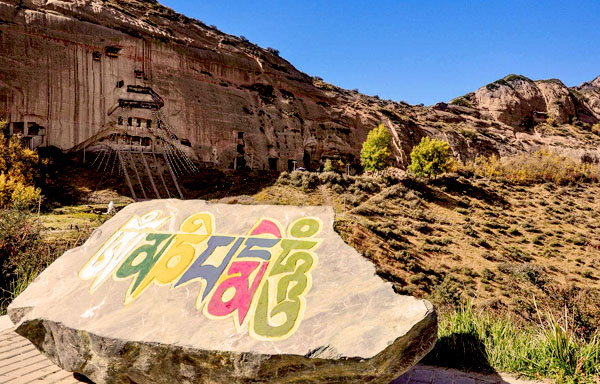
10 Days Silk Road Classic Tour
Tour type : Private tour Price : from *** Destinations : Xian - Zhangye - Jiayuguan - Dunhuang - Turpan - Urumqi -
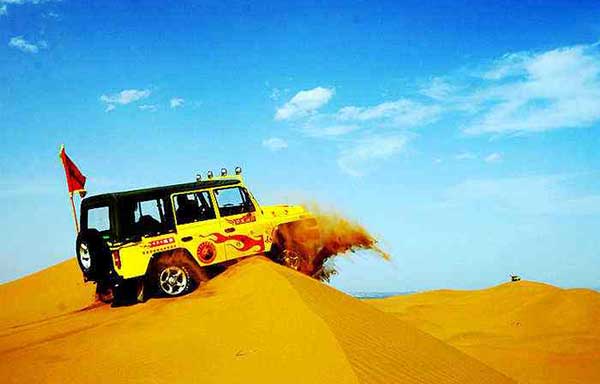
5 Days Zhangye - Alxa youqi Highlights Tour
Tour type : Private Tour Price : from *** Destinations : Zhangye - Alax youqi - Zhangye

